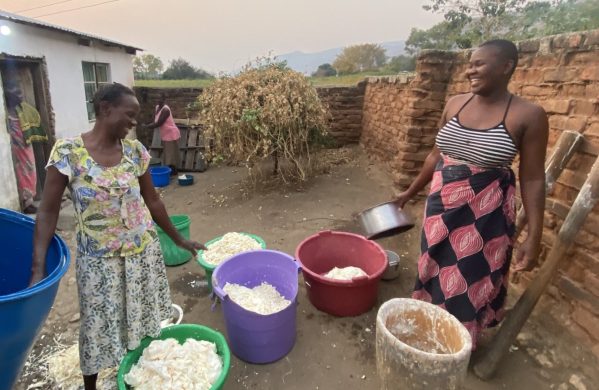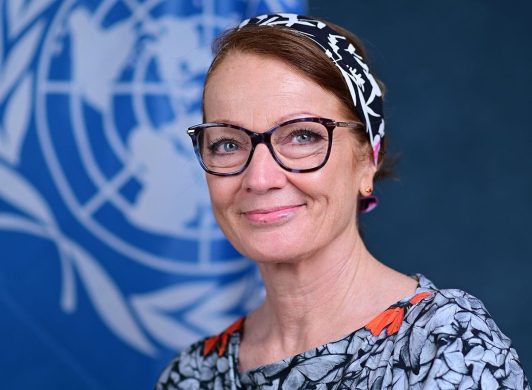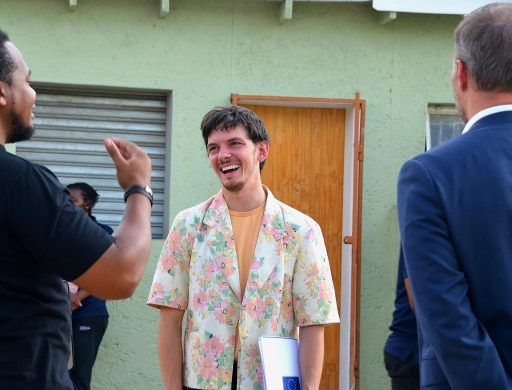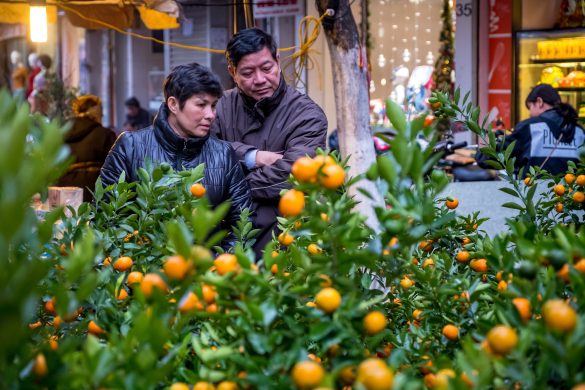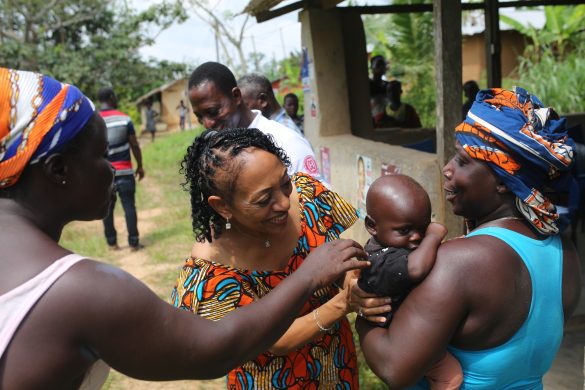ROME, 18 January 2016 (FAO): A new FAO book out Monday takes a close look at how the world's major cereals (kornprodukter) maize, rice and wheat can be grown in ways that respect and even leverage natural ecosystems.
They together account for an estimated 42.5 percent of human calories and 37 percent of our protein.
Drawing on case studies from around the planet, the new book illustrates how the "Save and Grow" approach to agriculture advocated by FAO is already being successfully employed to produce staple grains (grundnæringsmidler)
Thereby pointing the way to a more sustainable future for farming and offering practical guidance on how the world can pursue its new sustainable development agenda.
"International commitments to eradicate poverty and tackle climate change require a shift towards a more sustainable and inclusive agriculture able to produce higher yields over the longer term," said FAO Director-General José Graziano da Silva.
The two recent landmark global agreements, the Sustainable Development Goals (SDGs = dagsorden 2030) – which require eradicating hunger and putting terrestrial ecosystems on a sound footing by 2030 – and the Paris Climate Change Agreement (COP21), only underscore the need for inclusive innovation in food systems, he adds.
Record harvests today, but…..
While the world's cereal harvests may be at record levels today, their productive base is increasingly precarious amid signs of groundwater depletion, environmental pollution, loss of biodiversity and other woes marking the end of the Green Revolution model.
Meanwhile, global food production will need to grow by 60 percent – mostly on existing arable land and in the face of climate change – to feed the future population in 2050.
This makes it all the more urgent for the smallholders (småbønderne) who grow the majority of the world's crops, to be enabled to do so more efficiently and in ways that don't further increase humanity's ecological debt.
Save and Grow is a broad-based approach to environmentally friendly, sustainable agriculture aimed at intensifying production, protecting and enhancing agriculture's natural resource base and reducing reliance on chemical inputs by tapping into the Earth's natural ecosystem processes, and to increase farmers' gross income.
As such it is an approach intrinsically crafted to contribute to the SDGs and foster resilience to climate change.
So many practices at work
Viable Save and Grow practices include growing shade trees that shed their leaves when adjacent (tilstødende) maize crops most need sunlight, as tried with success in Malawi and Zambia.
They also include scrapping tillage (braklægning) and leaving crop residues as soil surface mulch (strøelse på jorden for at nedsætte udtørring), a method applied on a massive scale by wheat farmers on the Kazakhstani steppe and increasingly by innovative slash-and-mulch practices adopted by farmers in the highlands of Central and South America.
The time has now come for ideas that have proven themselves in farmers' fields to be upscaled in more ambitious national programmes, FAO Director General José Graziano da Silva says in the foreword to “Save and Grow in Practice in Practice: A Guide to Sustainable Cereal Production”, a book he described as "a contribution to creating the world we want."
Understanding Save and Grow
Save and Grow refers to an array of techniques that share the trait of trying to capitalize on natural biological and ecosystem processes to "produce more with less".
Five complementary elements form the core of the Save and Grow paradigm:
– conservation agriculture, which minimizes tillage and uses mulches and crop rotation;
– soil health enhancement, such as growing nitrogen-fixing (kvælstof-optagende) plants that replace costly mineral fertilizers;
– selection of crops with higher yield potential, greater resistance to biotic and climate stress, higher nutritional quality;
– efficient water management;
– integrated pest management, often relying on exploiting natural enemies to minimize the need for chemical pesticides.
The rice-and-fish system in China
One classic example, now widely adopted in China, is the rice-and-fish system, wherein farmers stock flooded paddy fields with fish.
The fish can eventually be sold for income or eaten for better nutrition but while being raised they also eat insects, fungi (svampesporer) and weeds (ukrudt) that would otherwise damage the crop, reducing the need to spend money on pesticides.
A one-hectare paddy field can yield up to 750 kilograms of fish while still supporting rice yields and leading to fourfold gains in rural household income.
Extra benefits include sharp drops in mosquito populations, thus reducing a serious disease vector (sygdomsfremkalder).
FAO estimates that 90 percent of the world's rice is planted in habitats suitable for rice-fish farming, but outside of China only one percent of Asia's irrigated rice areas use the system.
Indonesia's government has just launched a plant to shift one million hectares to the integrated technique.
Creating habitats



